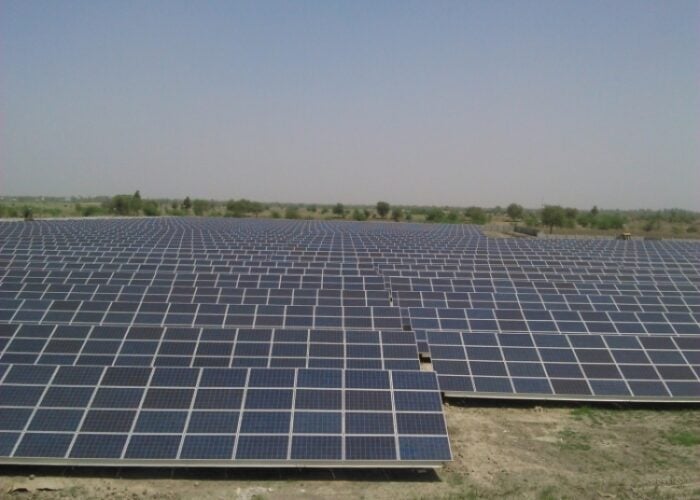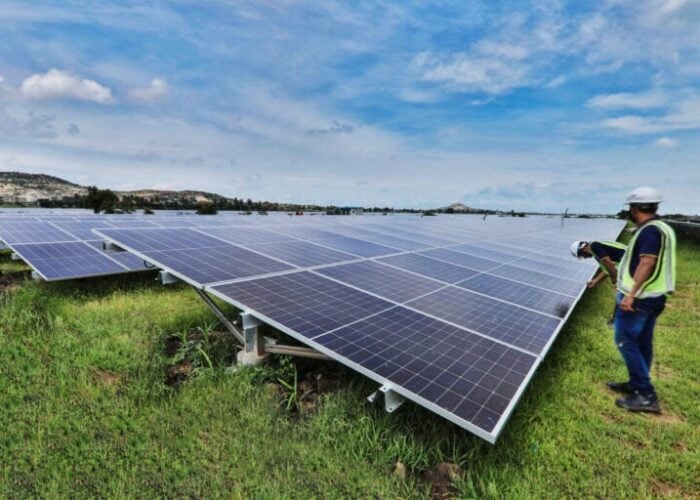
US-based floating PV (FPV) developer D3Energy has started construction at a 6MW floating solar system in Monroeville, a village in Huron County, Ohio.
According to the firm, once operational, the project will generate over 7,500MWh annually, more than doubling the village’s current clean energy capacity. The plant expected to go live in early 2026. By using Monroeville’s existing reservoir, the project conserves over 30 acres of land and provides added benefits like reduced evaporation and improved water quality.
Try Premium for just $1
- Full premium access for the first month at only $1
- Converts to an annual rate after 30 days unless cancelled
- Cancel anytime during the trial period
Premium Benefits
- Expert industry analysis and interviews
- Digital access to PV Tech Power journal
- Exclusive event discounts
Or get the full Premium subscription right away
Or continue reading this article for free
D3Energy dubbed the installation as “the largest FPV in Ohio and one of the largest in the country,” and the project is being developed in partnership with Monroeville. Under a long-term power purchase agreement (PPA), the village will buy electricity directly from Gardner Capital, the project’s owner and operator.
In addition, D3Energy has partnered with Gardner Capital and local contractor ARP Solar – the same team behind Ohio’s first FPV Del-Co Water solar project, which began operation in 2024 – to support the Monroeville installation.
Previously, Sydney, Australia-headquartered D3Energy had reported that its FPV systems withstood the impact of Hurricane Milton in Florida. After inspecting ten installations across central Florida in the storm’s path, the company confirmed that all systems remained fully operational and undamaged – unlike many ground-mounted and rooftop solar systems that sustained storm-related damage.
The company deployed Ciel & Terre’s Hydrelio systems in the state, which it said were able to handle high wind events due to its flexible, buoyant design and adaptive mooring systems.






